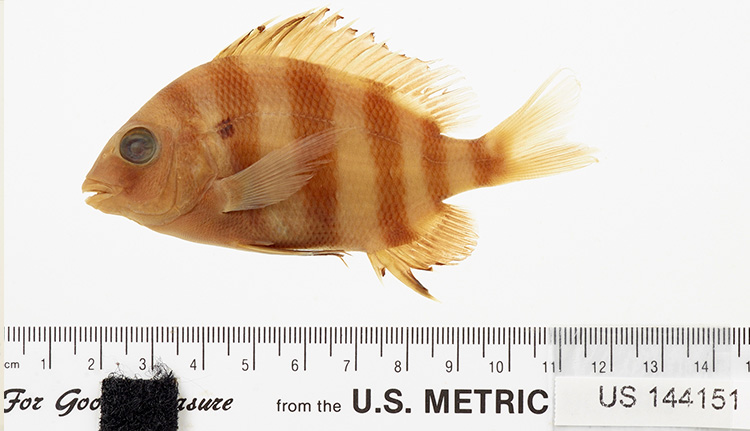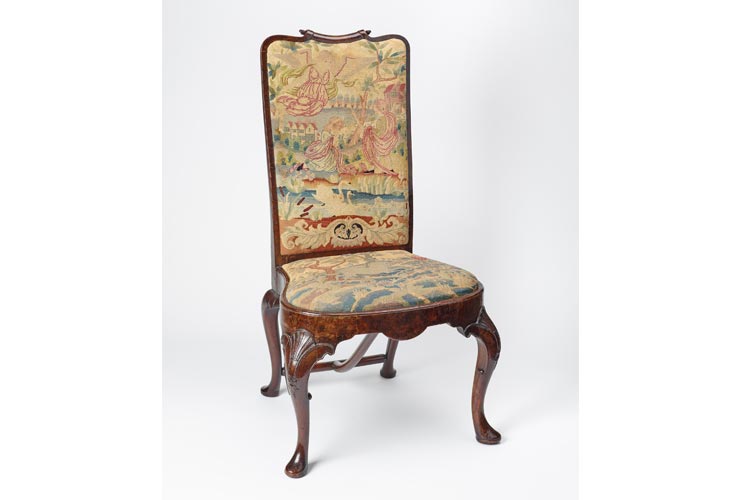By Doug Peterson and Brady Wilks
Proper stewardship of a Cultural Heritage (CH) collection means far more than the possession of iconic physical items. Institutions must describe their collections in ways that make them accessible and useful to visitors, researchers, and humanity as a whole. Artificial Intelligence (AI), in its various forms, is emerging as a key to the efficient and scalable description of cultural heritage collections. In this article we will define and describe AI in the CH context, then explore a hypothetical museum and its uses of AI. We will close with a practical recommendation on how your institution can get started with AI.

What is AI?
AI is an umbrella term for a variety of technologies, some of which are far from new. For example, computer vision, where a computer describes or translates the visual content of an image, has been used in the context of Optical Character Recognition (OCR) since the mid-1900s. But while many AI technologies have been with us for decades, the pace of development during the previous decade has brought it front and center at many institutions. While there are many reasons for this new focus on AI in CH, the most profound is scale.
Implementing AI Will Vastly Improve Your Workflow.
Describing a cultural heritage collection (e.g. adding metadata, mapping cross-references, translating, or transcribing content) is time-consuming, especially in the context of the stunning size of many such collections. While human-effort scales in a linear manner – a librarian needs twice as much time to enter metadata for twice as many items – AI can often scale a librarian’s effort without any practical limit. This is done by having the human do a fraction of the total work, and then using the results of that effort in order to train an AI model to do the rest. The human can also supervise the AI, which learns from any mistakes the human points out in its work. AI is like Iron Man’s suit: allowing an individual to accomplish far more.
Let’s explore a hypothetical scenario where AI could greatly enrich a collection. The fictitious Great Seating Museum (GSM) houses an impressive array of chairs, stools, couches, and other manmade seating. The opportunities for AI across the entire GSM is expansive.

Like most institutions, for every “signature” item in its collection, GSM houses many supportive materials which researchers have limited access to. For example, GSM has a chair from the estate of President Adams on prominent display and also has the original bill of sale, correspondence between Adams’ secretary and the chairmaker detailing his various design requests, a pre-production sketch of the chair design approved by the President, and a series of letters recording the transfer of ownership of the chair over the years. Such supportive documents are often stored together and are assigned an accession number. These documents contain data that can be cross-referenced. For example, the young chairmaker’s apprentice whose name only appears on the shipping receipt (and certainly not on the chair itself), later went on to become a renowned chairmaker responsible for many of the other chairs in the collection. Without AI the only way such a connection would be made would be by the brute-force effort of a researcher. With so many collections containing large amounts of supportive material, such connections are surely missed far more often than they are discovered. That’s where AI can be employed.

With an AI technique such as Natural Language Processing (NLP), the name of the chairmaker’s apprentice could be flagged as a potential connection to other items in the collection, greatly reducing the friction to discovery. A Machine Learning (ML) algorithm might be trained to look for similarities between chairs both visually (using Computer Vision) and based on schematics or other written design information, and uncover that President Adams chair has a lot of similarities to other chairs in the collection, creating an interesting mystery that might lead a researcher to notice the apprentice’s name.
Additionally, AI could assist the GSM Conservation team to identify and flag high-risk items in the collection. In a previous era, many items in the collection were encapsulated in Mylar, and the current conservation team has decided that this was not appropriate and is causing fungal growth; they train a Machine Learning algorithm to identify such materials by manually labeling 1% of the collection, and the algorithm returns results for the remaining 99%.
AI allows humans at CH institutions to scale their efforts to granulate, abstract, and connect the data that enriches their collections. The results can find new threads of commonality between and deepen our understanding of our collections. All of a sudden, a single researcher can access information that would otherwise be unavailable or perhaps left unknown. Making connections from one object to other references could open up new worlds beyond a person’s interest or perhaps by expanding a researcher’s original thought. The visitor could be offered suggestions based on their evaluation of an experience. The museum could expand its offerings to make a virtual tour more rich and expansive to those who could not otherwise afford to see the collections in person. The development and use of AI in cultural heritage is up to us to define. We are responsible for its use, its importance, and its contribution to the community.
Ready To Get Started?
As a community, despite being a frequent buzzword at conferences and academic papers in the last few years, we are just at the start of our journey to using AI in a practical and effective way; that’s why PA is funding the Artificial Intelligence in Cultural Heritage Grant (PA ArCHER Grant). We hope you’ll survey your institution’s missions, collections, capabilities, and goals, and write a proposal for a task that you think AI can assist you with. No matter the outcome of your proposal, you, we, and the community as a whole will be taking another step forward on that journey together.
The extended deadline is fast approaching. Read more about the PA ArCHER Grant here.
Need help developing your proposal? Questions and Ideas can be directed to Brady Wilks, Grant Manager. [email protected]
